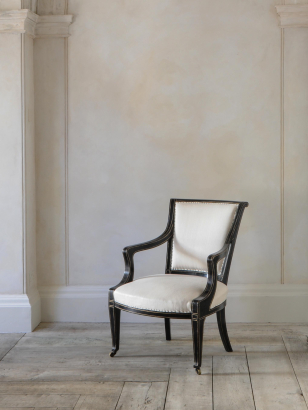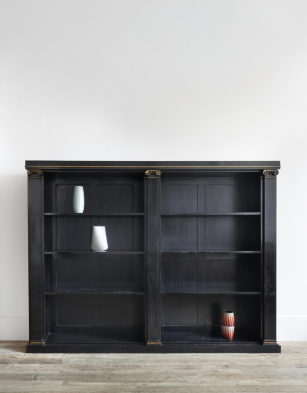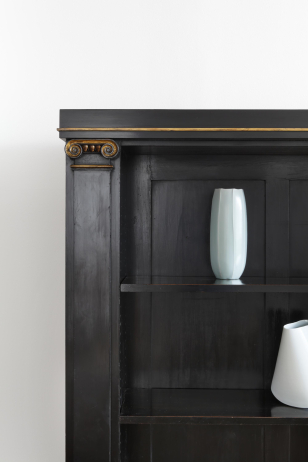Jones Owen
Biography
Owen Jones (1809-1874) played a significant role in the shaping of modern taste throughout the nineteenth century. An architect and designer, he was a pioneer in the development of modern colour theory, advocating the dominance of geometric and abstract, colourful shapes in contemporary design. Such theories would form the basis of his seminal text The Grammar of Ornament, published in 1856. Following his education at the Royal Academy, Jones embarked upon his influential Grand Tour, exploring the ancient histories of Greece, Italy, Egypt and Turkey, ending his journey in Granada, Spain. It was here that he became enchanted with the architecture and design of the Alhambra, an ancient Spanish fortress, and spent six months studying and sketching the kaleidoscopic Islamic motifs and patterns. Indeed, he was so impassioned by his creative discoveries that he dedicated the years following his visit to developing a new technique of chromolithography. This chemical method facilitated the production of multi-coloured prints in a way that contemporary printing techniques could not: indeed, Jones' visit to the Alhambra catalysed his appreciation of and advocation for the application of colour in all aspects of contemporary design. In 1842 he published his Plans, Elevations, Sections and Details of the Alhambra, which not only brought Islamic architecture and design to a wider audience but became one of the most influential publications on Islamic architecture of all time.
The nineteenth century was governed by a series of historical revivalist movements, including Neoclassicism and the Neo-Gothic. Jones renounced the unoriginality and repetitiveness of designs that were borne of such inspiration, citing the need for a thoroughly 'modern' design language, entirely removed from historical precedent. Jones particularly disapproved of the austere whiteness of neoclassicism, and desired to reform such movements to integrate colour. His work to this end attracted the likes of Prince Albert, which led to Jones' heavy involvement in the Great Exhibition of 1851. Indeed, Jones became internationally famed for decorating the interior of the exhibition, the first of its kind, hosted at Crystal Palace, the exterior of which was designed by Joseph Paxton. He created a linear yet profound design of colourful patterns using only the primary colours: blue, red and yellow. The illusionistic employment of such pigments in a way as to suggest depth and perspective spoke of his obvious Islamic influence. Jones was also responsible for establishing the key principles for the Government School of Design, founded in 1837, which would later become the Royal College of Art. Its foundation was a response to the growing role of design in Victorian Britain; the hope was that by way of education, British manufacturing standards would gradually increase, and a community of artisans who were trained in, and thus valued traditional craft and design would blossom. The School of Design Collections, which comprised a series of the 'greatest' examples showcased at a variety of International Exhibitions, originally used for teaching purposes, would eventually form the foundations of the V&A.


